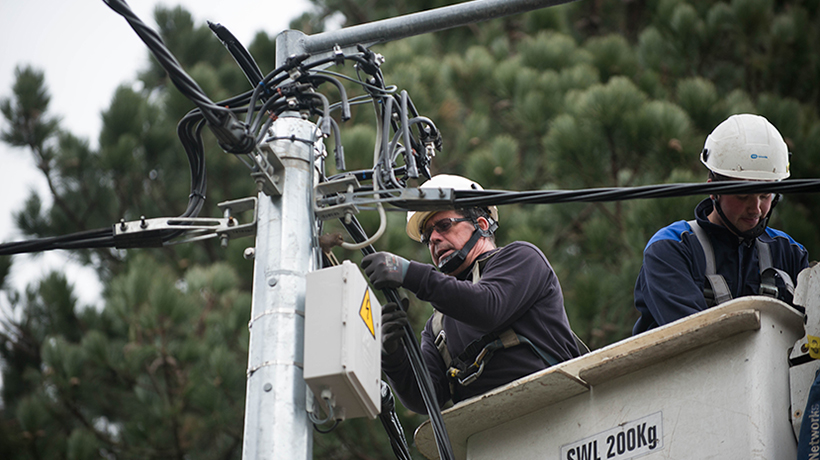When an emergency happens, first responders come to the rescue. When emergency preparedness and recovery are discussed, emergency managers, police officers, and fire and rescue teams working extended, exhausting shifts usually come to mind. However, utility companies play a significant role in the recovery process too. Maintaining basic needs such as drinking water is a sizeable responsibility. Additionally, there’s electricity and how an interrupted power supply plays a part in the complex, fast-paced world of disaster recovery.
When clear communication and working toward common objectives across agencies and jurisdictions are crucial, how do response agencies and utility companies stay on the same page during the recovery process? Let’s dive deeper to find out.
When a major incident like a natural disaster interrupts the power supply, there are a lot of challenges ahead for teams in the field. Regardless of the steps, the end goal is similar across all agencies: achieve a safe recovery. To do this, everyone needs the ability to work as a team effectively and communicate progress as the recovery effort evolves. Having a systematic, formal method of interfacing is important, especially with larger utility companies with operations and service areas over multiple public safety and municipal jurisdictions.
Not having a formal system of maintaining urgent contact, resource, and procedural information makes for a challenging, large area of risk. Downed power lines put citizens and first responders in danger. For utilities, this means having an outage management system with the ability to communicate useful network, asset, and other relevant utility information back to an incident command system. With available resources validated, tasks easily updated and monitored, and necessary information relayed quickly, first responders and utility field crews can work safely and efficiency.
Intergraph Planning & Response is an application for managing major incidents and events. It can work with Intergraph Damage Assessment and Intergraph InService as well as with other third-party systems. Intergraph Planning& Response harnesses the collective capabilities of diverse responders — utility companies included — and provides a single source of information throughout the entire life cycle for safe, efficient, and effective operations.
Want to learn more about incident command systems and planning and response technologies? Download your copy of Frost & Sullivan’s latest white paper, “Smart Public Safety Emergency Planning and Response Solutions.” In it, you’ll find research and insight into modern emergency management solutions as well as real success stories from agencies and organization already using these leading-edge technologies.















